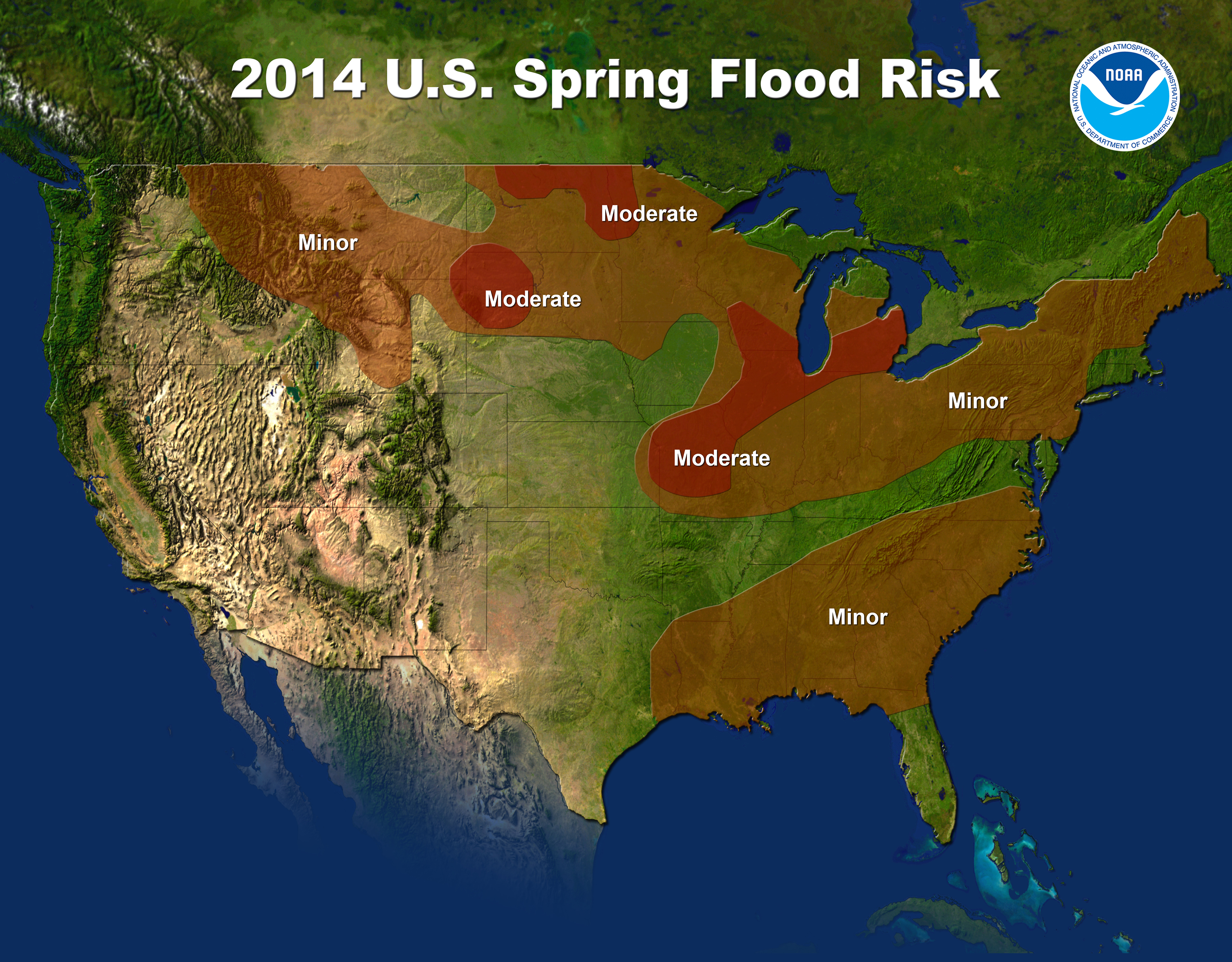Happy Spring! Expect A Cold One

Even a cute gopher can't save this spring.
Most of the United States will continue to suffer colder than average temperatures for the next three months, Jon Gottschalk, acting chief for NOAA's Climate Prediction Center, said today (March 20) during the agency's spring climate outlook briefing.
From Montana eastward across the Northern Plains and onward to the East Coast, the wobbly jet stream will keep weaving its way south, bringing cold air to much of the country.
The spring equinox, the official start to the season, happened today (March 20) at 12:57 p.m. EDT (16:57 p.m. Universal Time). [Season to Season: Earth's Equinoxes & Solstices]
Ice and flooding
The lack of spring warmth will delay annual breakup of river ice this spring, which could increase the flooding risk in many northern states. This spring, there is a flooding triple threat of deeply frozen ground (which holds water), above-average snowpack and lots of river ice that could cause jams and floods. Although widespread flooding is not expected, severe rainfall or sudden warming could trigger isolated floods. Rivers near Lake Erie, which is nearly completely frozen over, are at greatest risk of moderate flooding, said Rob Hartman, acting director for NOAA's Office of Hydrologic Development.
"The highest threat is in southern Wisconsin, southern Michigan and portions of Iowa, Illinois and Indiana," Hartman said. "It's been a severe ice year in the Great Lakes."
Get the world’s most fascinating discoveries delivered straight to your inbox.
There is also a risk of moderate flooding along the Red River and Souris River in North Dakota from ice and snow, and in western South Dakota because of wet, saturated soils.
Warmth in the West
In the West, severe drought conditions will continue in California, as spring marks the starts of the dry season. Drought is also forecast to develop in Arizona, Utah, New Mexico and west Texas, Gottschalk said. "The drought will likely result in an active wildfire season and stress crops and livestock," he said.
The good news is that dry conditions will improve in Hawaii, Washington and the Midwest. Hawaii is favored to be both warmer and wetter than normal this spring. Alaska will also continue its string of above-average temperatures, NOAA forecasts.
Looking further ahead, NOAA has bet on an El Niño to develop in late 2014, which would ease the ongoing drought. This cyclic weather phenomenon piles up warm water in the eastern equatorial Pacific Ocean and brings intense rainfall to the western United States.
"The conditions are slightly greater than 50 percent for an El Niño," Gottschalk said.
Email Becky Oskinor follow her @beckyoskin. Follow us @livescience, Facebook& Google+. Original article on Live Science.



